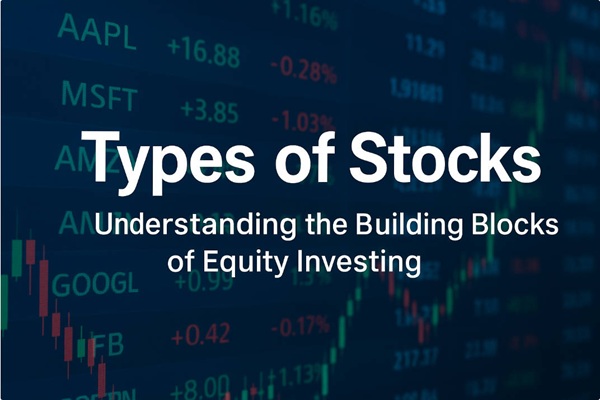Both quantitative easing policy and traditional monetary policy are means by
which central banks use monetary policy tools to regulate economic conditions.
They are both forms of monetary policy, with the common goal of promoting
economic growth, stabilizing prices, and maintaining financial market
stability.
The connection between the two is that they can both affect the economy by
adjusting the money supply and interest rates.

However, there are some differences in the implementation methods and
objectives between quantitative easing (QE) and traditional monetary policy:
1. Quantitative easing policy is an unconventional monetary policy tool,
while traditional monetary policy is a conventional monetary policy tool.
Traditional monetary policy mainly affects economic activity and inflation
levels by adjusting interest rates, while the core measure of quantitative
easing policy is the purchase of government bonds and other financial assets. By
purchasing these assets on a large scale, the central bank can increase the
money supply in the market, thereby lowering interest rates. This policy aims to
stimulate investment and consumption and promote economic growth.
2. Quantitative easing policies typically adopt long-term quantitative
targets rather than setting specific interest rate levels. Traditional monetary
policy often controls inflation and economic growth by adjusting interest rates.
Quantitative easing policy, on the other hand, focuses more on increasing money
supply and financial market liquidity to stimulate the economy and prevent
deflation.
3. The means of quantitative easing are more direct. Traditional monetary
policy mainly affects economic activity and inflation levels by adjusting
interest rates, while quantitative easing policy directly purchases financial
assets and increases the money supply. This direct intervention method can
quickly affect the market, improve market confidence, and stimulate economic
growth.
4. The effect of quantitative easing is more pronounced, usually accompanied
by a larger government debt scale and an increase in the money supply. This may
increase the potential risk of inflation and may lead to foam and instability of
asset prices. The effect of traditional monetary policy is relatively mild and
takes a long time to manifest.
QE vs. Traditional Policy Comparison
| Difference |
Quantitative Easing (QE) |
Conventional Monetary Policy |
| Type |
Unconventional monetary policy tool |
Conventional monetary policy tool |
| Means of Influence |
Purchase of government bonds and financial assets, increase in money supply, lowering of interest rates |
Adjustment of interest rates |
| Interest Rate Target |
Typically not aimed at specific rates, focuses on money supply and liquidity |
Primarily based on adjusting interest rates |
| Direct Intervention |
Direct purchase of financial assets, increasing money supply, affecting market confidence |
Influences economic activity through interest rate adjustments |
| Clear Effects |
Faster effects, may be accompanied by increased government debt and money supply |
Relatively moderate effects, require time to manifest |
| Risks |
Potential for inflation risk and asset price bubbles |
Lower associated risks |
From the above comparison, it can be seen that there are significant
differences in the implementation methods and goals between quantitative easing
policy and traditional monetary policy. Quantitative easing policies stimulate
economic growth and stabilize financial markets by purchasing assets, increasing
the money supply, and influencing market expectations. Traditional monetary
policy mainly relies on interest rate adjustments to control inflation and
economic growth.
Disclaimer: This material is for general information purposes only and is not intended as (and should not be considered to be) financial, investment or other advice on which reliance should be placed. No opinion given in the material constitutes a recommendation by EBC or the author that any particular investment, security, transaction or investment strategy is suitable for any specific person.



























